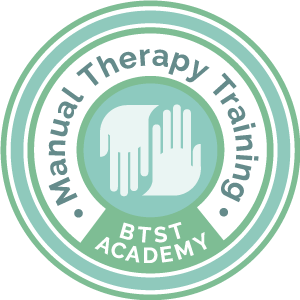As manual therapists, the pursuit of optimal performance and injury prevention for our clients is at the forefront of our practice. Sports massage, a specialised form of massage therapy, has gained recognition for its effectiveness in enhancing athletic performance and reducing the risk of injuries. In this blog, we will explore the benefits of sports massage, the techniques commonly used, and how manual therapists can integrate these approaches into their practice.
Understanding Sports Massage
Sports massage is designed to address the unique needs of athletes, whether they are professional competitors or recreational enthusiasts. This form of massage therapy is typically divided into three main categories: pre-event, post-event, and injury-based massage. Each type serves a distinct purpose and can be tailored to the athlete’s specific requirements.
- Pre-Event Massage: This technique is typically performed before a sporting event. The primary goal is to prepare the athlete for optimal performance. Pre-event massages focus on increasing blood flow, enhancing flexibility, and decreasing muscle tension, ensuring the athlete is physically and mentally ready to compete.
- Post-Event Massage: Conducted after an event, this type of massage aims to help athletes recover. By reducing muscle tightness, facilitating lactic acid removal, and promoting relaxation, post-event massages can expedite recovery times, allowing athletes to bounce back more quickly.
- Injury-Based Massage: This approach focuses on addressing specific injuries or chronic pain conditions prevalent among athletes. Techniques may include deep tissue work, myofascial release, and other targeted methods to alleviate pain and restore function.
Benefits of Sports Massage
- Improved Circulation: Sports massage enhances blood flow to the muscles, which is crucial for delivering oxygen and nutrients while removing metabolic waste products. Improved circulation can lead to faster recovery after intense physical activity.
- Increased Flexibility: Regular sessions of sports massage can enhance range of motion in joints, thereby improving overall flexibility. Enhanced flexibility helps prevent injuries by allowing greater movement capacity.
- Reduced Muscle Tension and Pain: Athletes often experience muscle tightness and soreness from training or competition. Sports massage can alleviate tension, reduce soreness, and promote overall muscle relaxation.
- Injury Prevention: By identifying and addressing underlying issues, such as muscle imbalances and tightness, sports massage can help reduce the risk of injuries. Manual therapists can play a proactive role in keeping athletes healthy and ready to perform.
- Enhanced Mental Recovery: Sports massage is not just beneficial for the body; it can also provide mental relief. The relaxation associated with massage can help athletes relieve stress, improve focus, and boost overall mental well-being.
Techniques for Manual Therapists
To effectively utilise sports massage techniques, manual therapists may consider incorporating the following methods into their practice:
- Effleurage: This gentle stroking technique is often used at the beginning and end of a session to warm up muscles and facilitate relaxation.
- Petrissage: This kneading technique helps enhance circulation and reduces muscle tension through the manipulation of soft tissues.
- Frictions: Small, targeted strokes can be applied to specific areas to break down adhesions and scar tissue.
- Compression: Applying pressure to muscles can help increase circulation and reduce tightness.
- Stretching: Integrating passive stretching during a massage session can improve flexibility and range of motion.
Conclusion
For manual therapists, sports massage represents a valuable tool in the quest for maximising athletic potential and preventing injuries. By incorporating sports massage techniques into their practice, therapists can provide athletes with the support they need to perform at their best while promoting overall wellness. Educating clients on the benefits of sports massage can also enhance their understanding of the role that manual therapy plays in their training and recovery regimen.
As we strive to empower athletes through holistic approaches and informed practices, let us embrace the potential of sports massage as a cornerstone of injury prevention and performance enhancement in the world of manual therapy.
